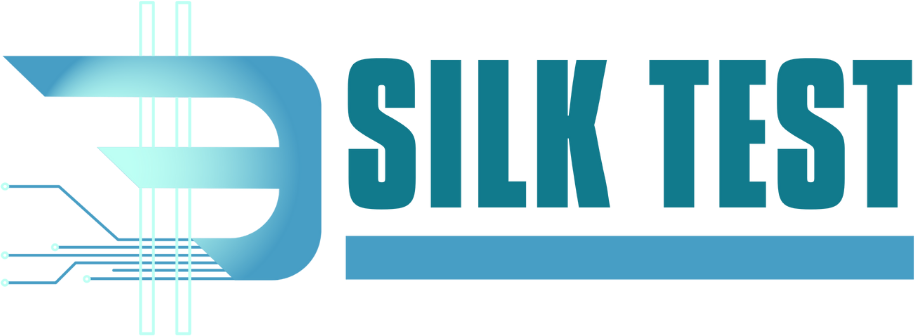 Imagine a treasure trove of hidden knowledge buried deep within the pages of countless documents. With optical character recognition (OCR), you hold the key to unlock these secrets and transform text into valuable data.
Imagine a treasure trove of hidden knowledge buried deep within the pages of countless documents. With optical character recognition (OCR), you hold the key to unlock these secrets and transform text into valuable data.
This powerful technology allows you to extract information from printed or handwritten text, digitizing it for analysis and exploration. But OCR is more than just a tool – it’s a gateway to uncovering insights that were once hidden from view.
So, how exactly does it work? And what secrets can you uncover by harnessing its power? Let’s embark on a journey together as we navigate the world of OCR and discover the limitless possibilities it holds.
The Basics of Optical Character Recognition
Understanding the fundamental principles of Optical Character Recognition (OCR) can be instrumental in unlocking the potential of text-to-data conversion. OCR techniques for handwritten text recognition have evolved significantly in recent years. The challenge lies in accurately recognizing and converting handwritten text into digital format due to variations in handwriting styles and quality. Advanced algorithms and machine learning techniques have been developed to improve accuracy, but challenges remain.
One of the primary advancements in OCR technology is the use of deep learning models such as convolutional neural networks (CNNs) and recurrent neural networks (RNNs). These models have shown promising results in recognizing handwritten text by learning from large datasets. They can capture intricate patterns and variations in handwriting, making them more robust than traditional OCR algorithms.
However, there are still challenges to overcome. The future of OCR technology lies in improving the recognition accuracy of handwritten text and addressing the limitations of current models. This includes handling cursive handwriting, multi-lingual support, and dealing with noisy and distorted text. Additionally, advancements in image preprocessing techniques, such as noise reduction and image enhancement, are crucial to enhancing OCR performance.
Applications of OCR in Various Industries
OCR technology has found wide-ranging applications in various industries, harnessing its potential to convert text into data and unlock valuable insights. One of the key applications of OCR is automating data extraction, which has proven to be highly beneficial across industries. By utilizing OCR, businesses can automate the process of extracting data from various sources, such as invoices, receipts, and forms. This not only saves time but also reduces the risk of human error, thereby improving data accuracy.
In the banking and finance industry, OCR is used to extract information from financial statements, loan applications, and invoices. This enables banks and financial institutions to streamline their processes, enhance customer experience, and make more informed decisions based on accurate data.
In the healthcare sector, OCR technology is utilized to digitize patient records, enabling quick access to critical information and facilitating better patient care. By automating data extraction from medical documents, OCR eliminates the need for manual data entry, reducing the chances of errors and improving data accuracy.
OCR also plays a crucial role in the retail industry by automating the extraction of data from invoices, receipts, and product catalogs. This enables retailers to optimize their inventory management, track sales trends, and improve overall operational efficiency.
Benefits of Using OCR Technology
By implementing OCR technology, you can streamline data extraction processes, improve accuracy, and unlock valuable insights.

In the healthcare industry, OCR technology can revolutionize the way patient information is handled. Medical records, prescriptions, and test results can be digitized and easily searchable, reducing the time spent on manual data entry and retrieval. This not only improves efficiency but also ensures that healthcare professionals have instant access to critical information, leading to better patient care and outcomes.
In the finance sector, OCR technology can automate the extraction of data from financial documents such as invoices, receipts, and bank statements. This eliminates the need for manual data entry, reducing the risk of errors and speeding up processes like accounts payable and receivable. Additionally, OCR technology can analyze large volumes of financial data to identify patterns, trends, and anomalies. This enables organizations to make data-driven decisions, detect fraud, and optimize financial strategies.
Ultimate Practices for Implementing OCR Solutions
To effectively implement OCR solutions, it’s crucial to follow best practices that ensure efficient and accurate data extraction. When it comes to implementing OCR solutions, organizations commonly face certain challenges.
These challenges include dealing with poor image quality, handling different file formats, and managing large volumes of data. To overcome these challenges, it’s important to choose the right OCR software that meets your specific needs. Conducting an OCR software comparison can help you evaluate different options based on factors such as accuracy, speed, language support, and integration capabilities.
Additionally, it’s essential to properly train and configure the OCR software to achieve optimal results. This involves setting up appropriate recognition parameters, selecting the right language settings, and ensuring compatibility with your existing systems.
Regular monitoring and evaluation of the OCR solution’s performance is also necessary to identify any issues and make necessary adjustments. By following these best practices, you can maximize the benefits of OCR technology and streamline your data extraction process.







